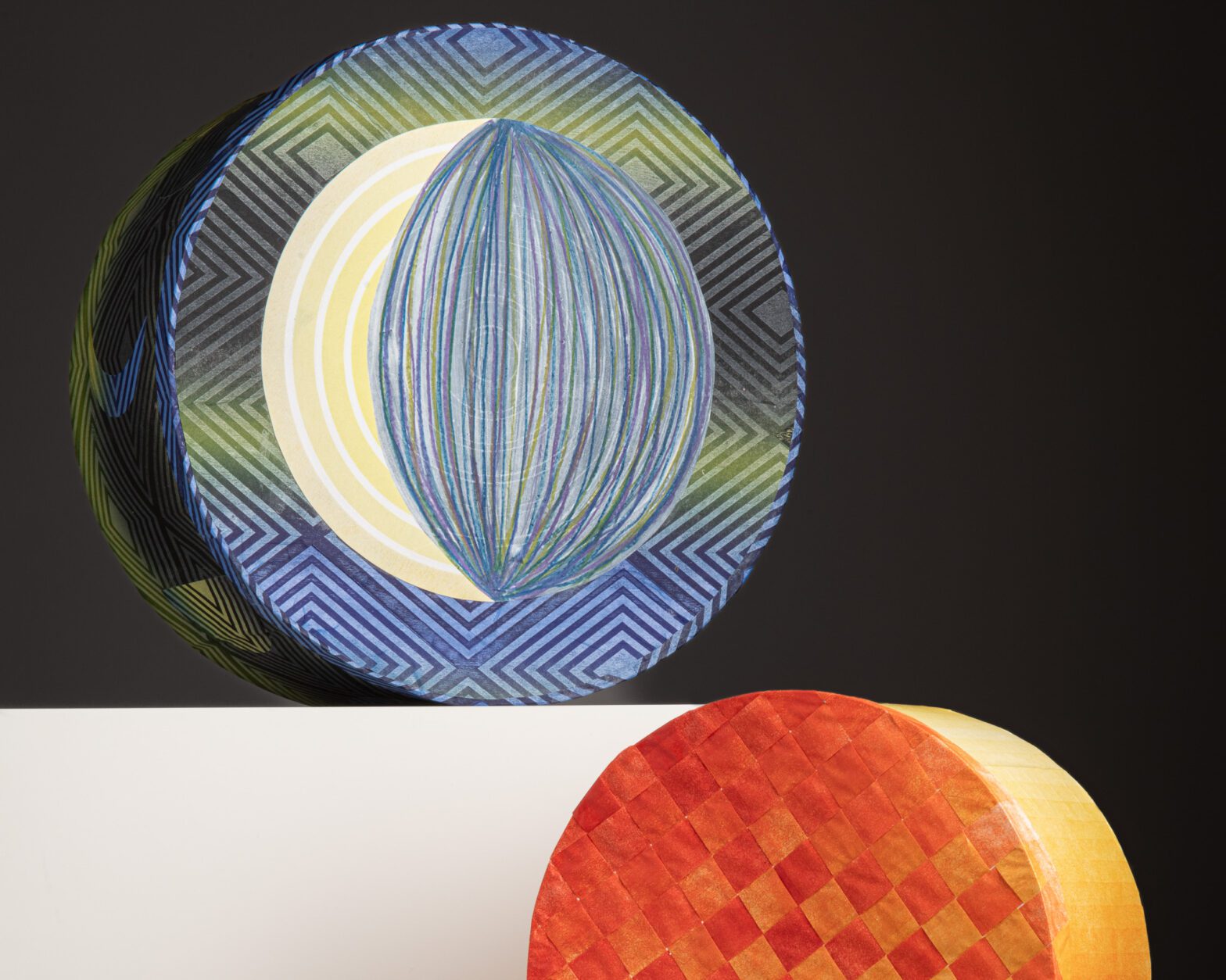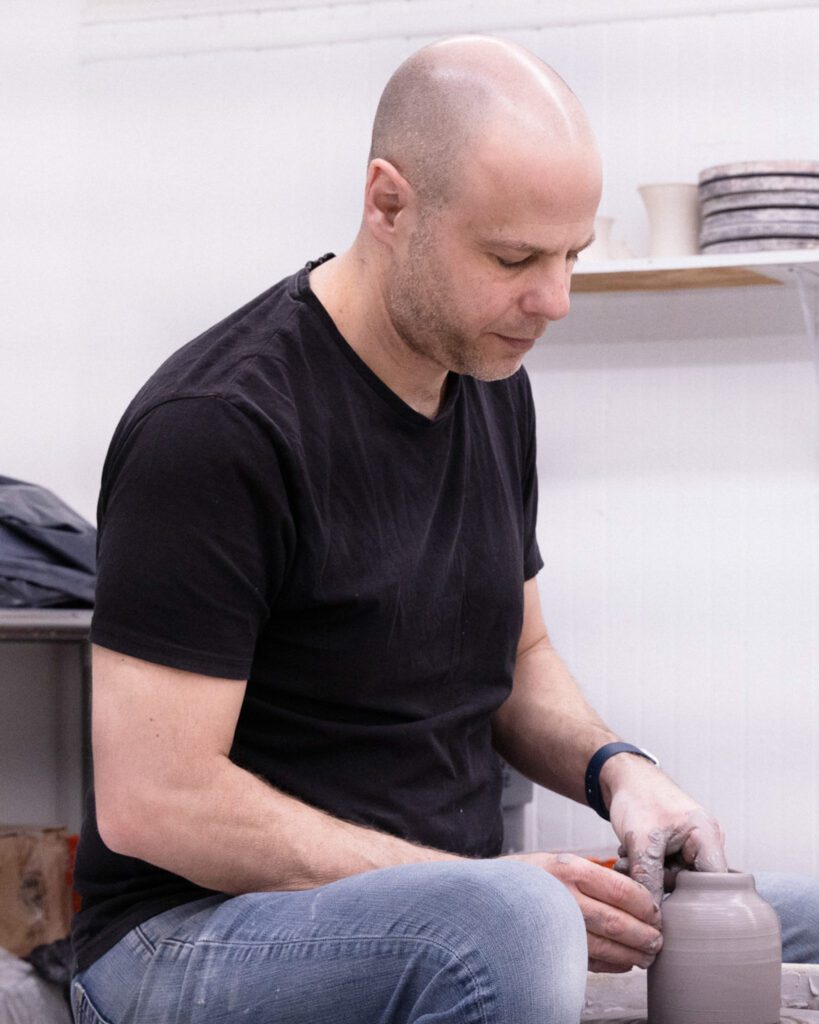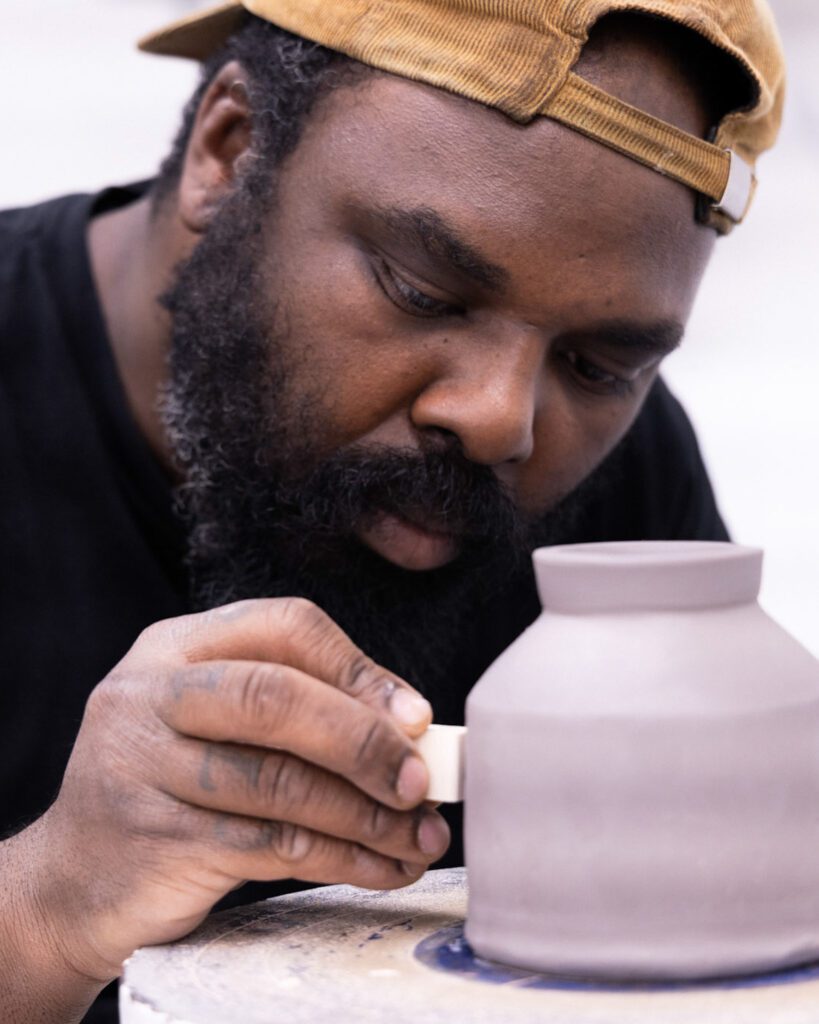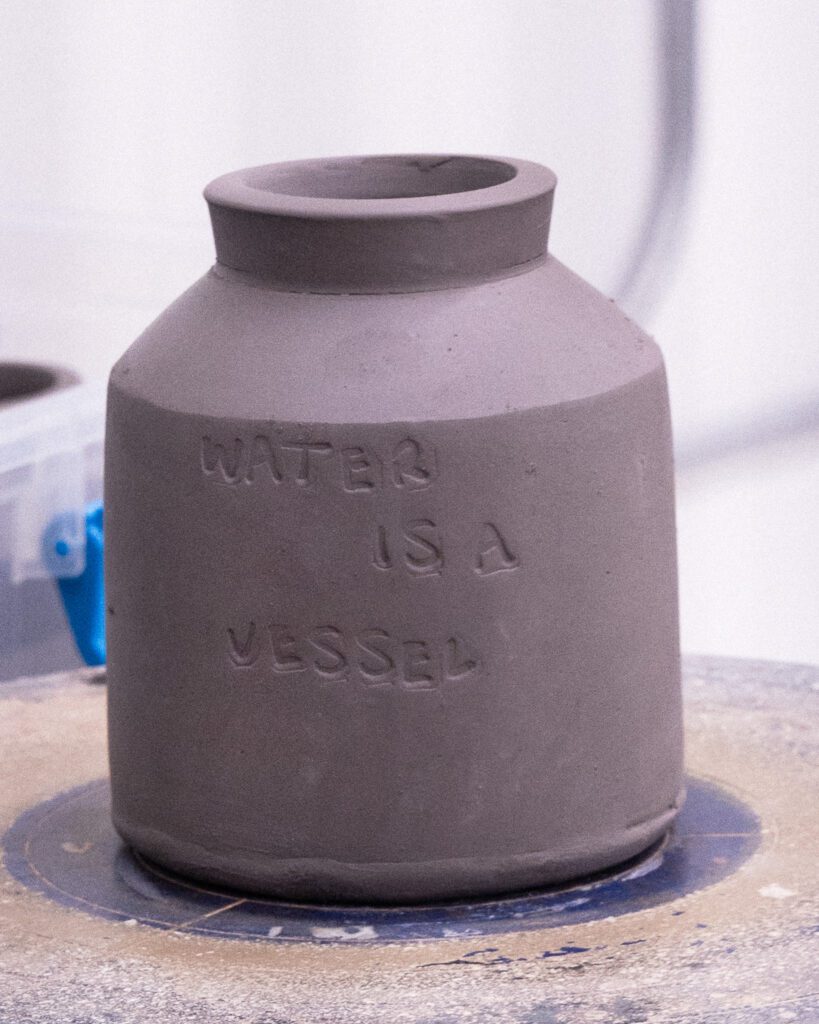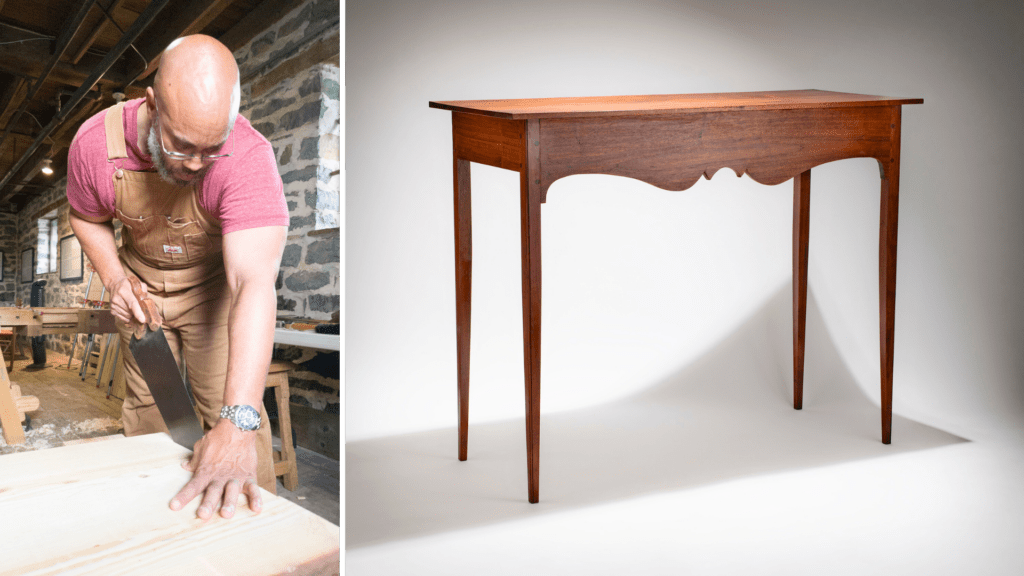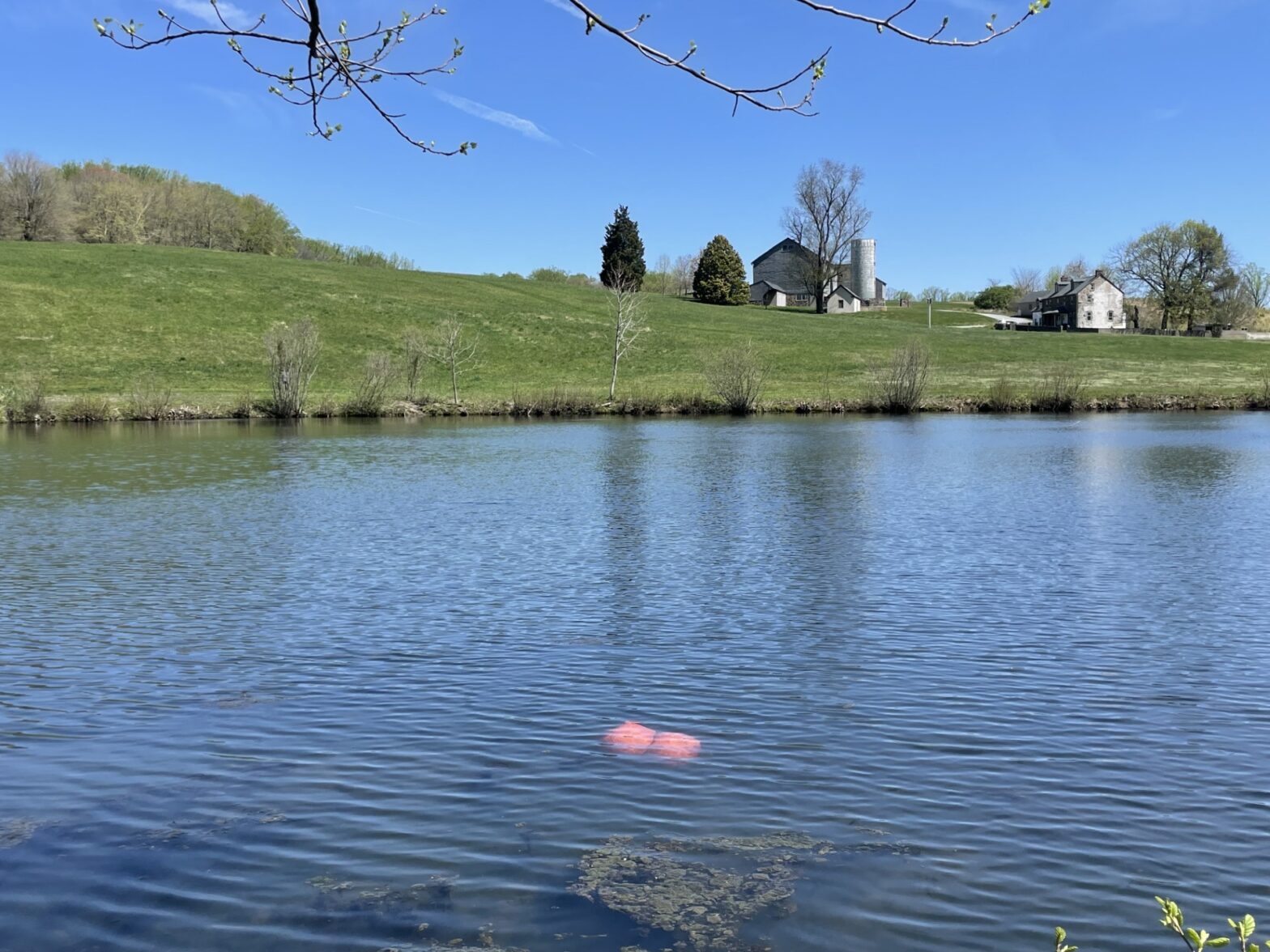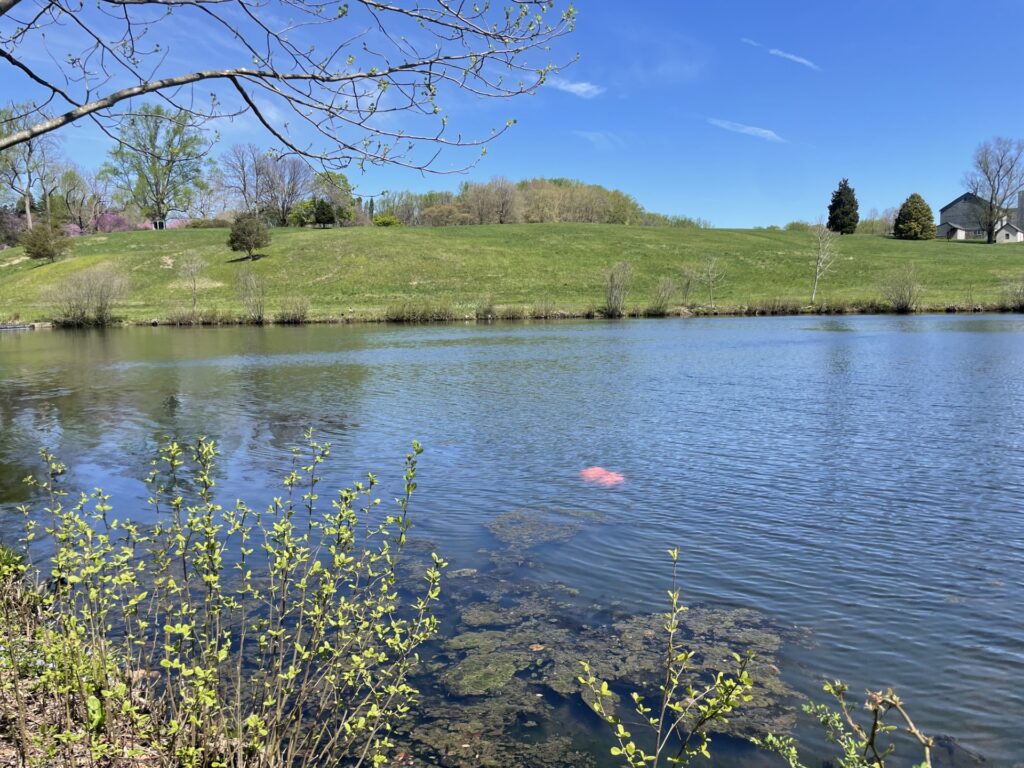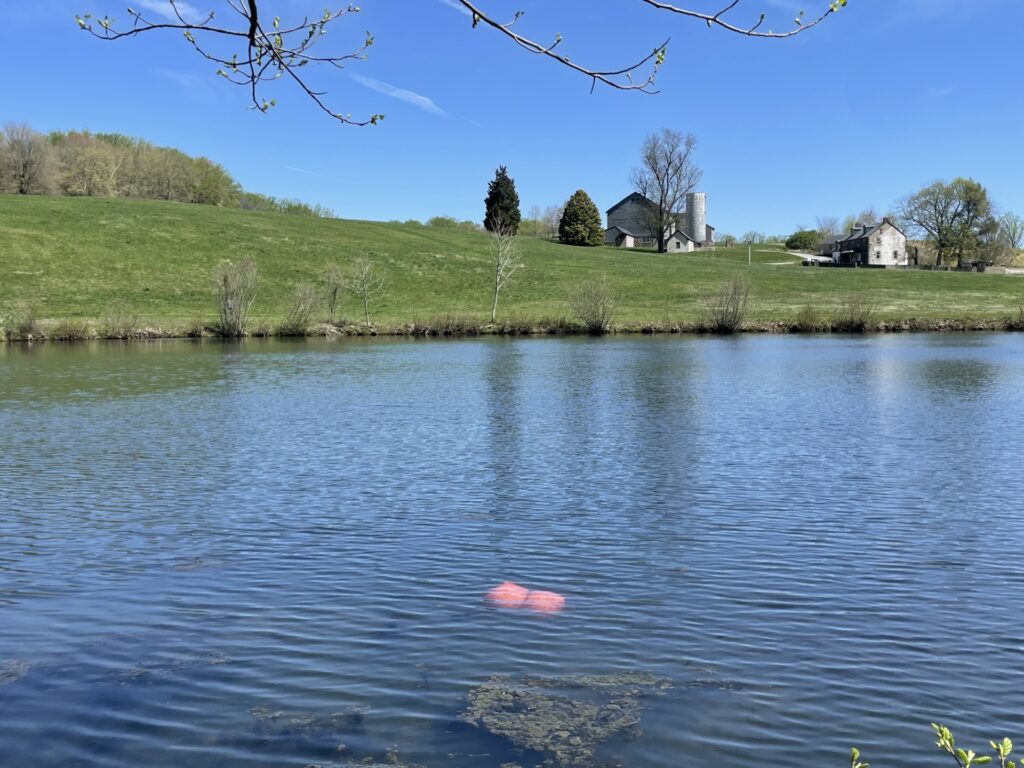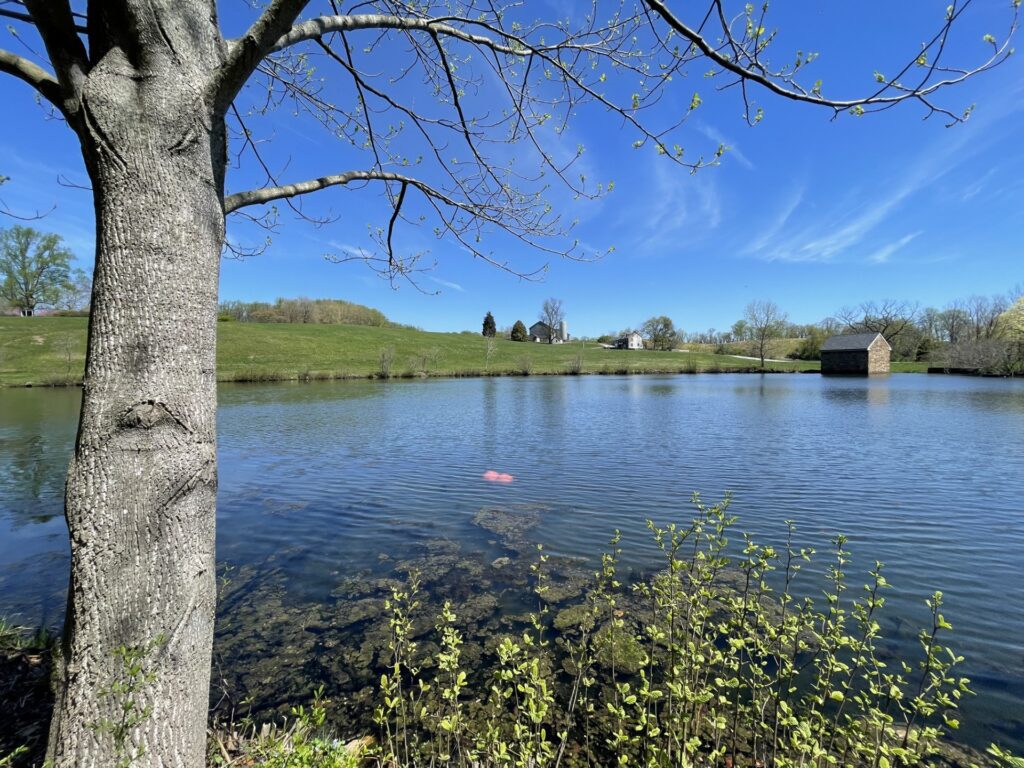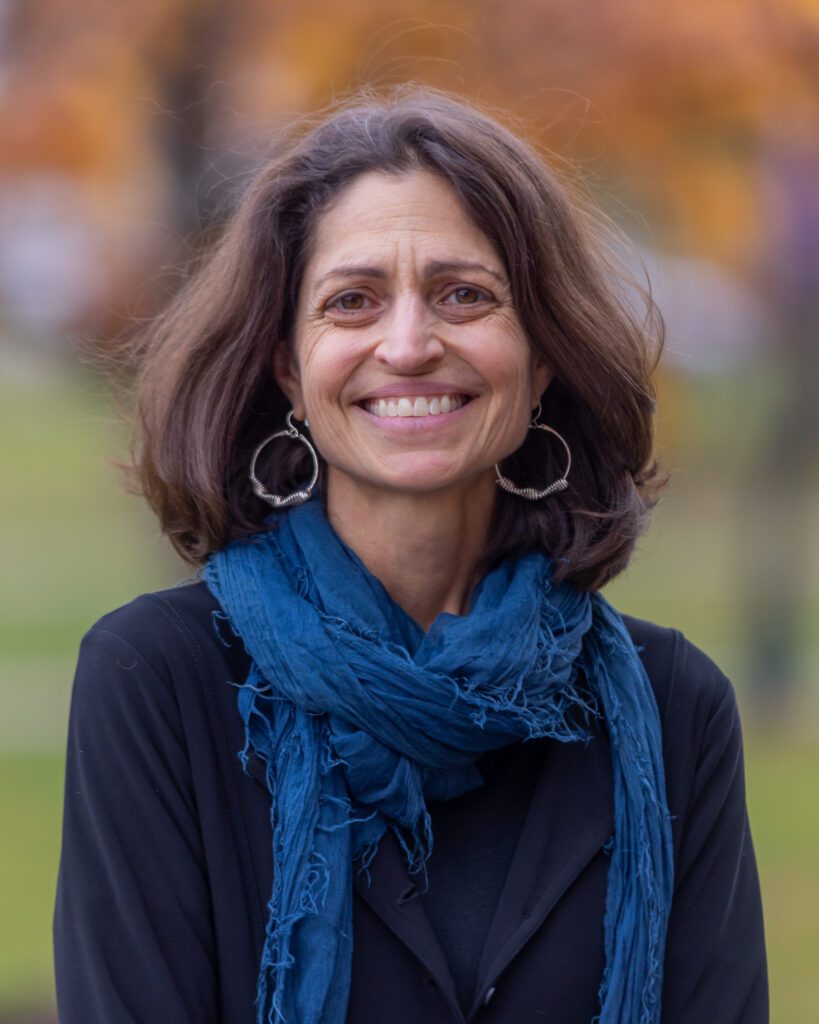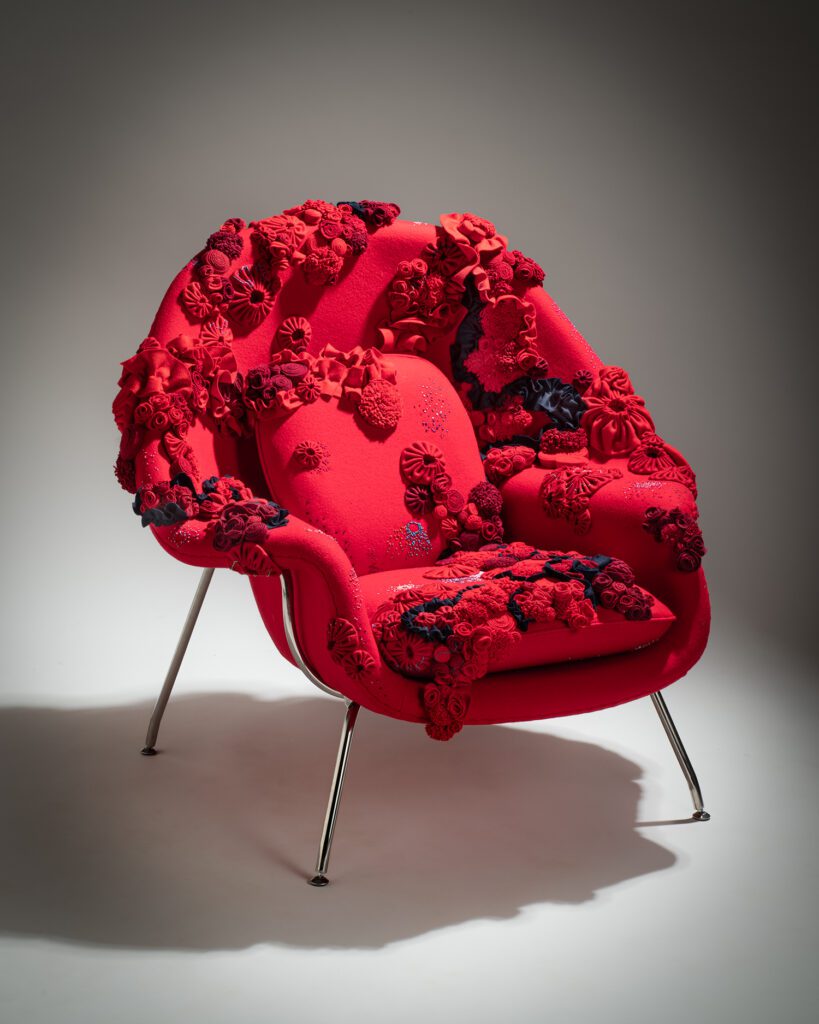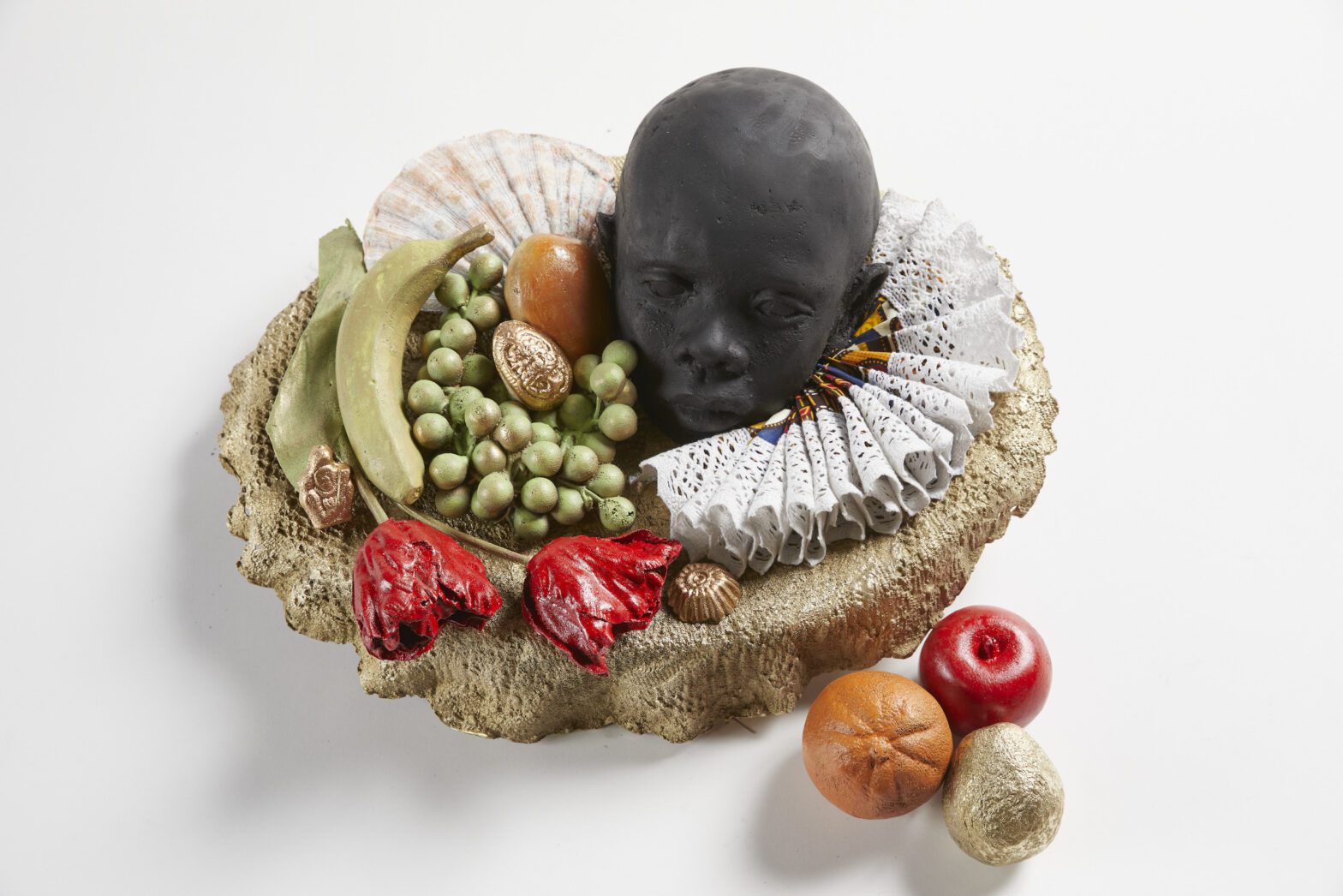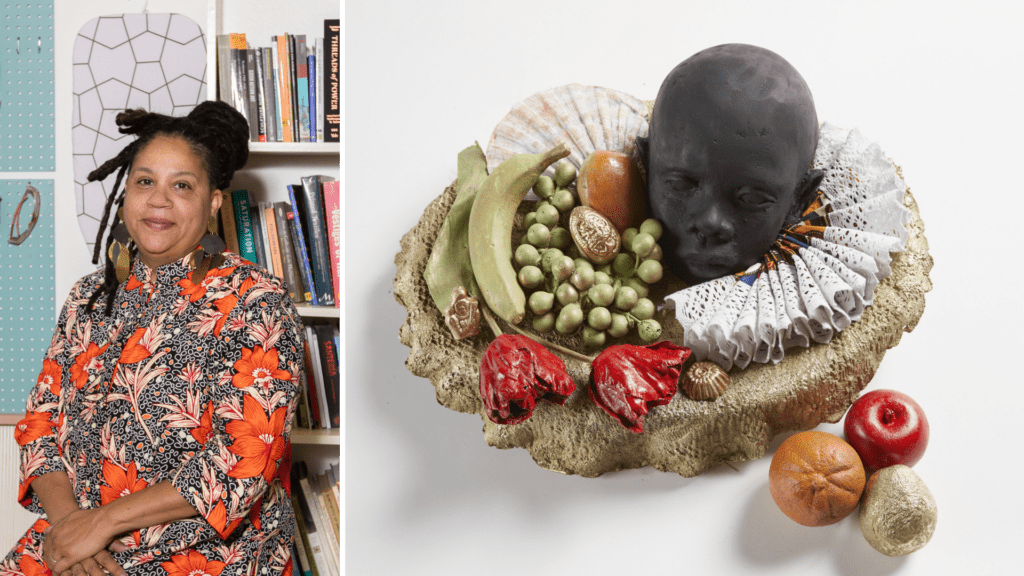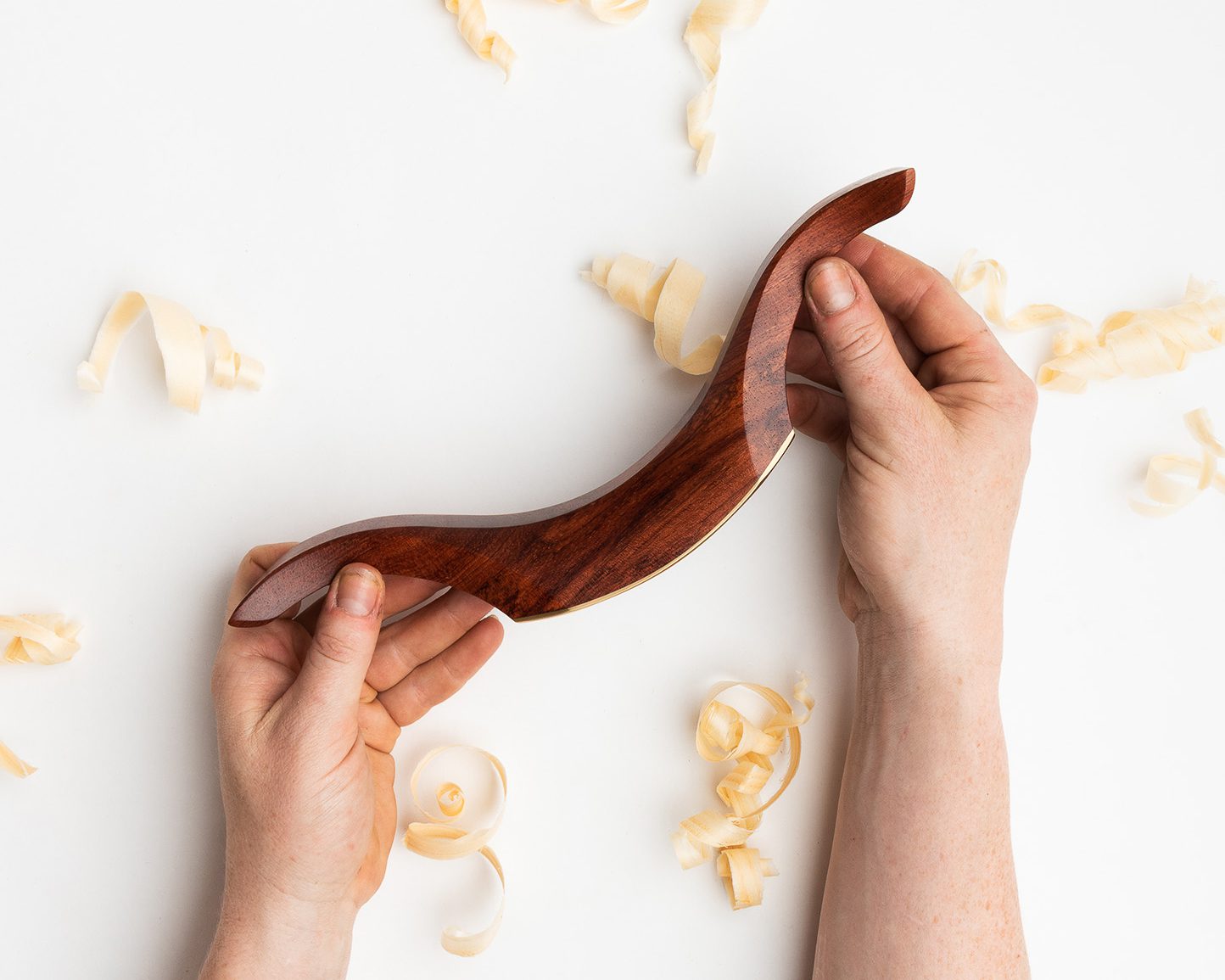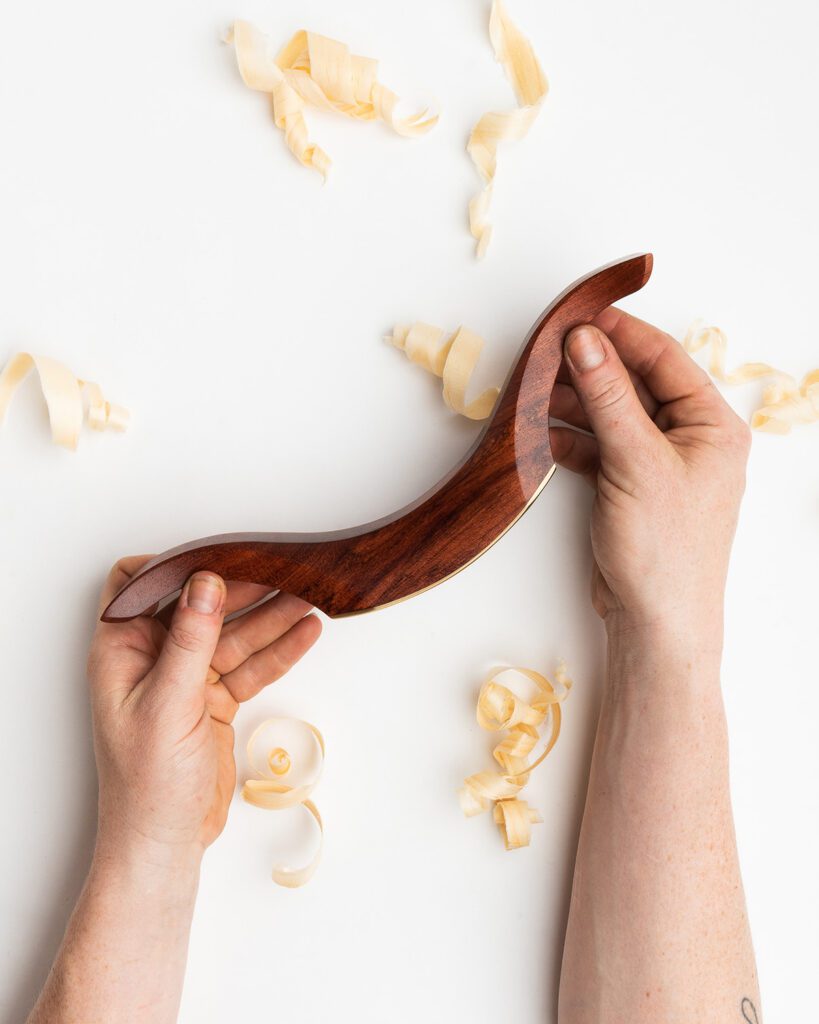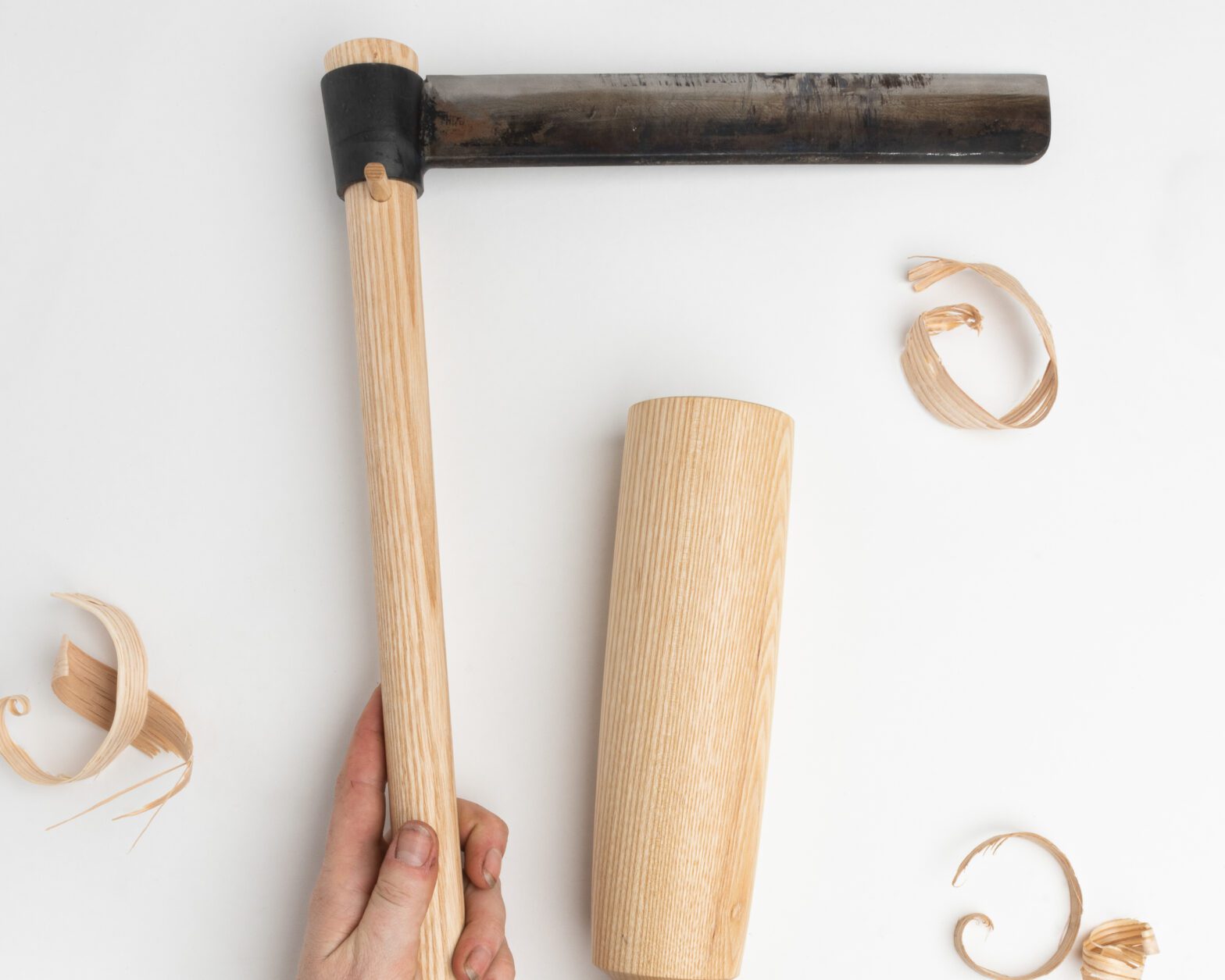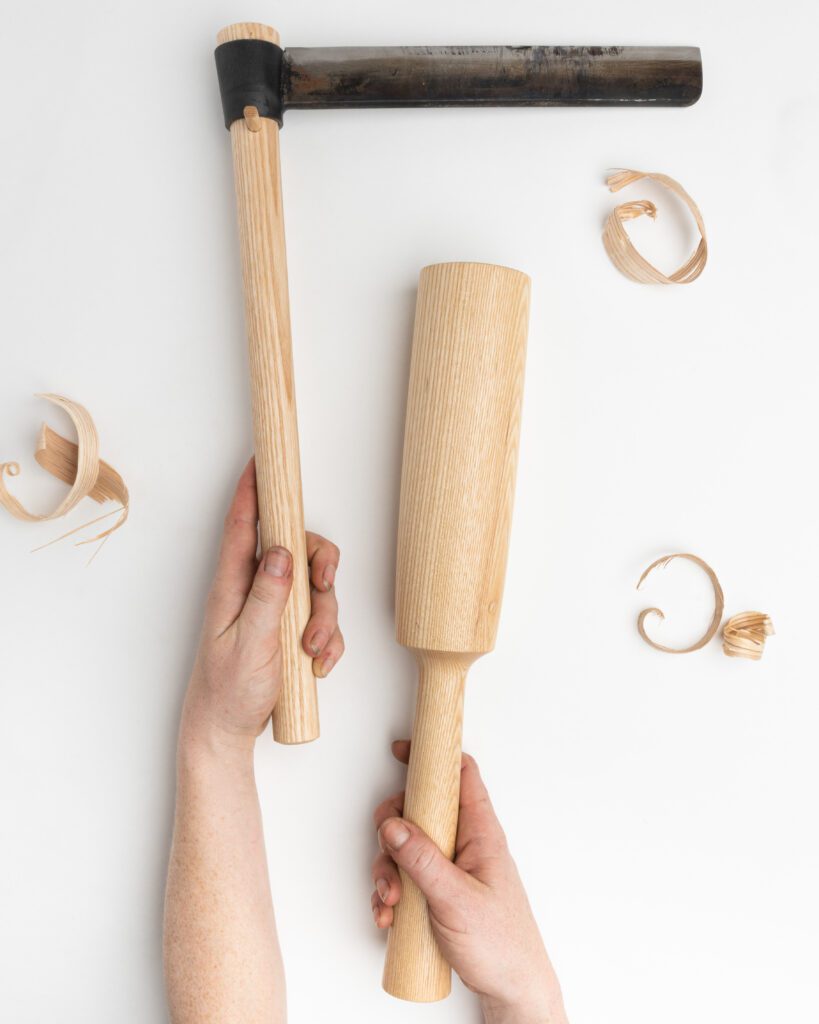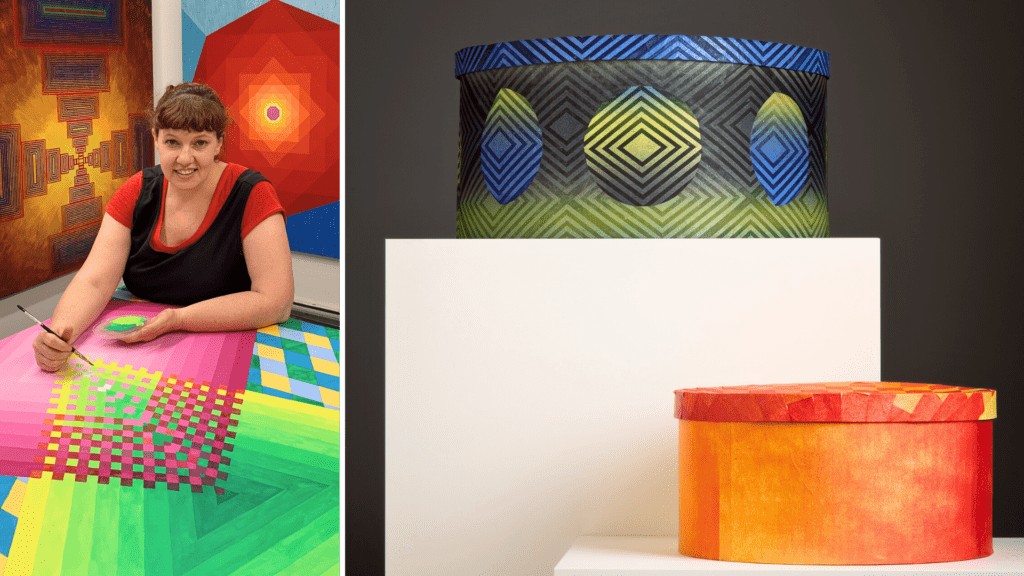
About the Artist
Brooklyn, New York
Amber Heaton creates colorful, geometric installations, mixed media works, paintings, and works on paper. She received an master of fine arts degree in printmaking from the Rhode Island School of Design in 2012, a bachelor of fine arts degree from the University of Utah in Printmaking and Sculpture in 2009, and a bachelor of university studies in Human Diversity from the University of Utah in 1998. Her work has been exhibited at The Bronx Museum of the Arts; Children’s Museum of Manhattan; Susquehanna Art Museum; International Print Center New York; Highpoint Center for Printmaking; Musée Des Beaux-Art, Le Locle, Switzerland; and other venues internationally. In 2019, Heaton had solo exhibitions at Cedar Crest College in Allentown, Pennsylvania, and Narrows Center for the Arts in Fall River, Massachusetts. Heaton participated in the AIM Program at the Bronx Museum of the Arts, was a scholar at the Center for Book Arts, New York, and an artist-in-residence at Wassaic Project, New York. She was awarded a Fulbright Fellowship in South Korea from 2001–2003. Heaton lives and works in Brooklyn, New York.
Website: AmberHeaton.com
Social Media: @AmberHeat
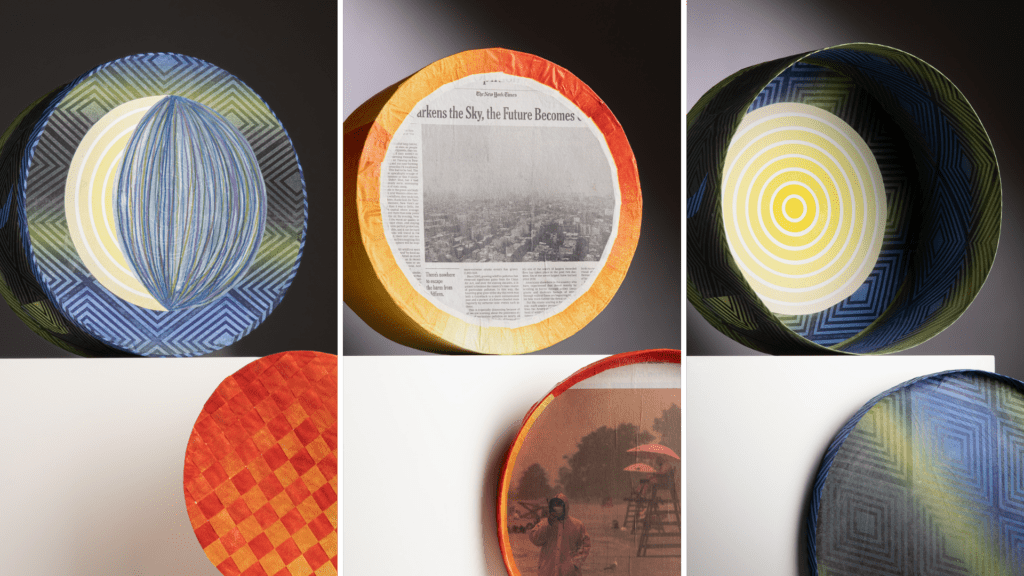
Artist Statement
Like Byzantine architecture and mandala drawings, my work lies in the tradition of creating spaces that embody the sensation of the sacred or mystical. The rhythms of light and time visible in the natural world shape my sense of space and provoke my work. I learn to observe shifting states of balance and harmony from nature. For me, these states are spaces of personal freedom and democracy. In each artwork, I invite the viewer to seek tranquility and equality.
I create colorful, geometric paintings, mixed media works, installations, and works on paper. I layer transparent washes over wood panels and sculptures to illuminate areas of pattern. I use line to form depth, sometimes adding string, tassels, and hardware to build layers of 3-dimensional space. These elements visually reinforce data points in the systems I formulate. I base these systems on mathematics and data concerning the natural world and our universe.
With influences from Euclidean diagrams to Minimalism and textile art, I construct patterns with a sense of vibration, establishing a physical relationship to the eye and the body. I play with relationships between the physical and the metaphysical. Using scale, abstraction, and repetition, I devise spatial relationships with psychological tension and release. These psychological spaces give me room to consider human interactions in a visual way, and my geometries become metaphors for those interactions. Compositionally, I want each work to come to a state of equilibrium and to emanate a sense of calm and openness.
